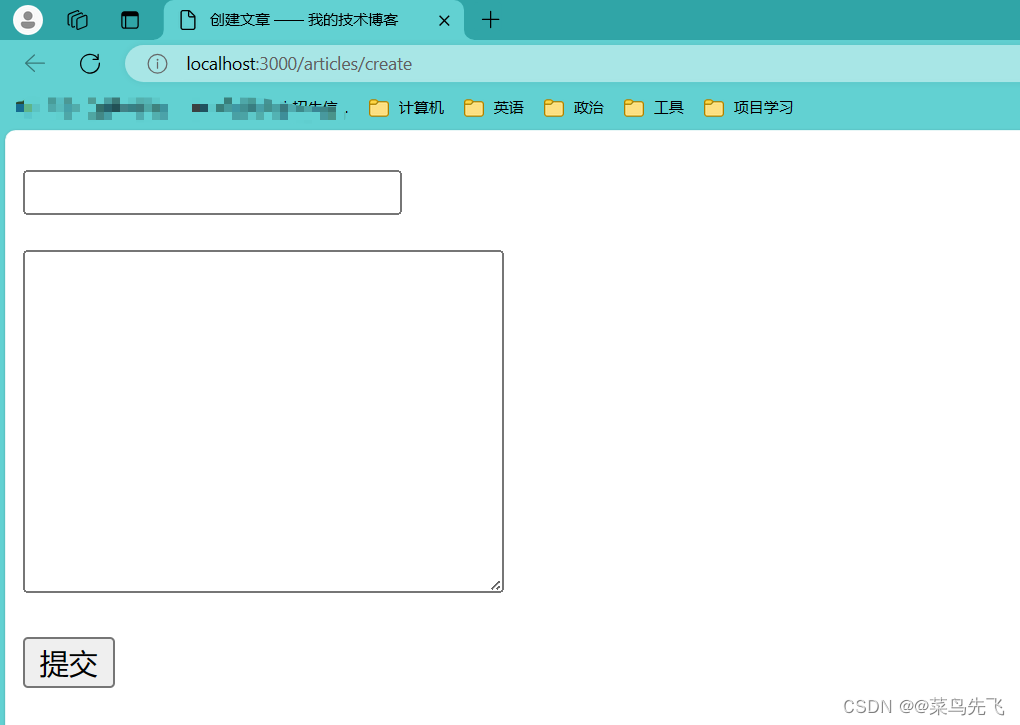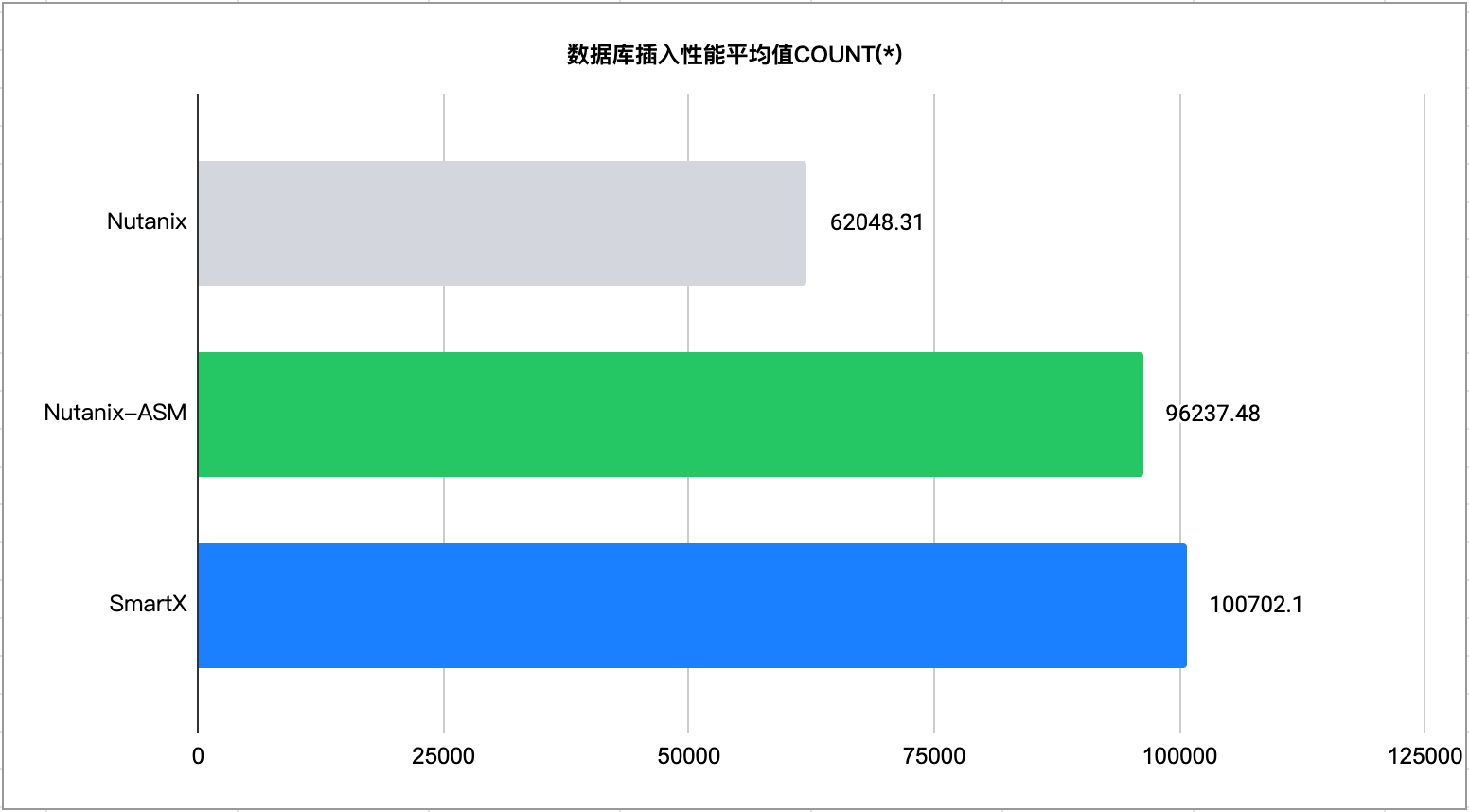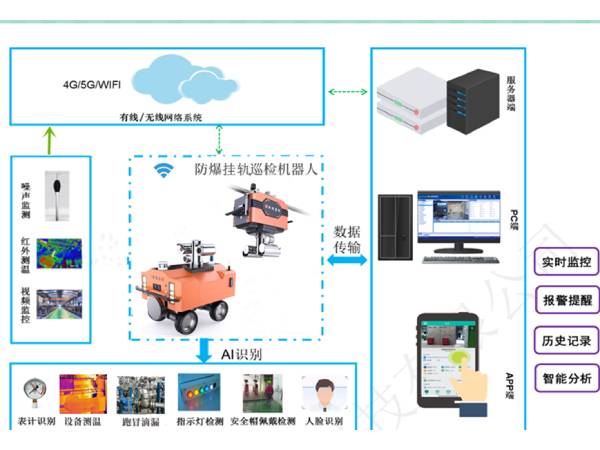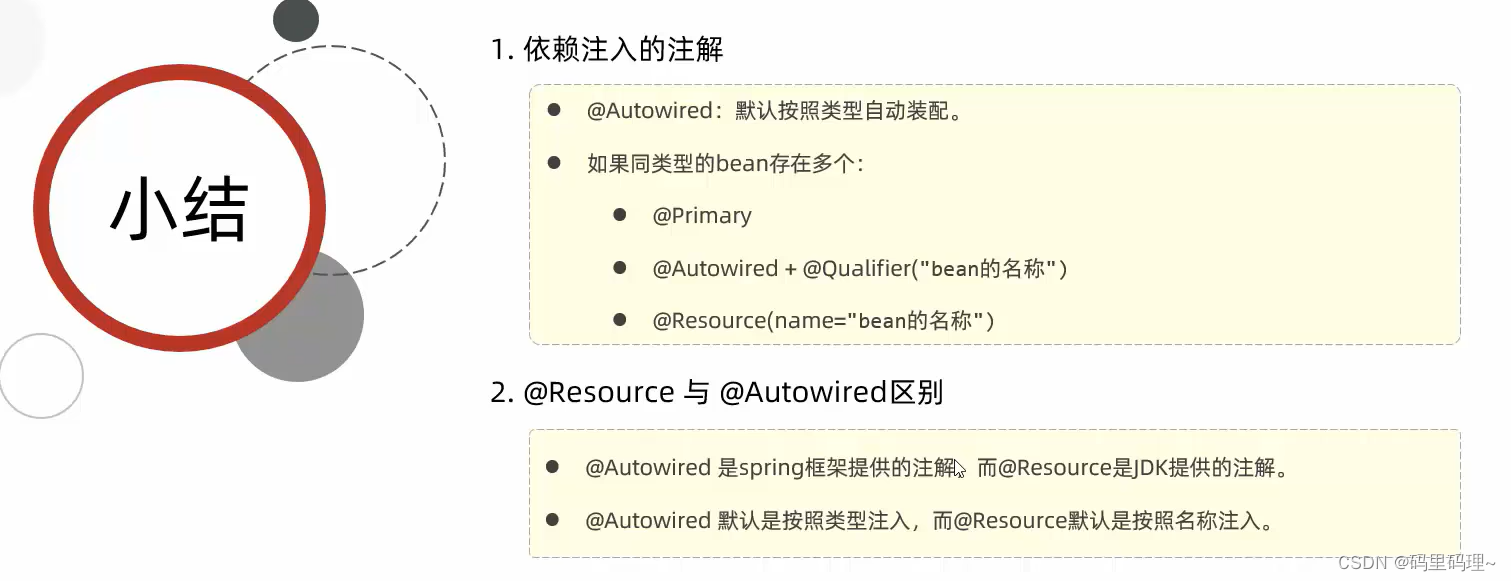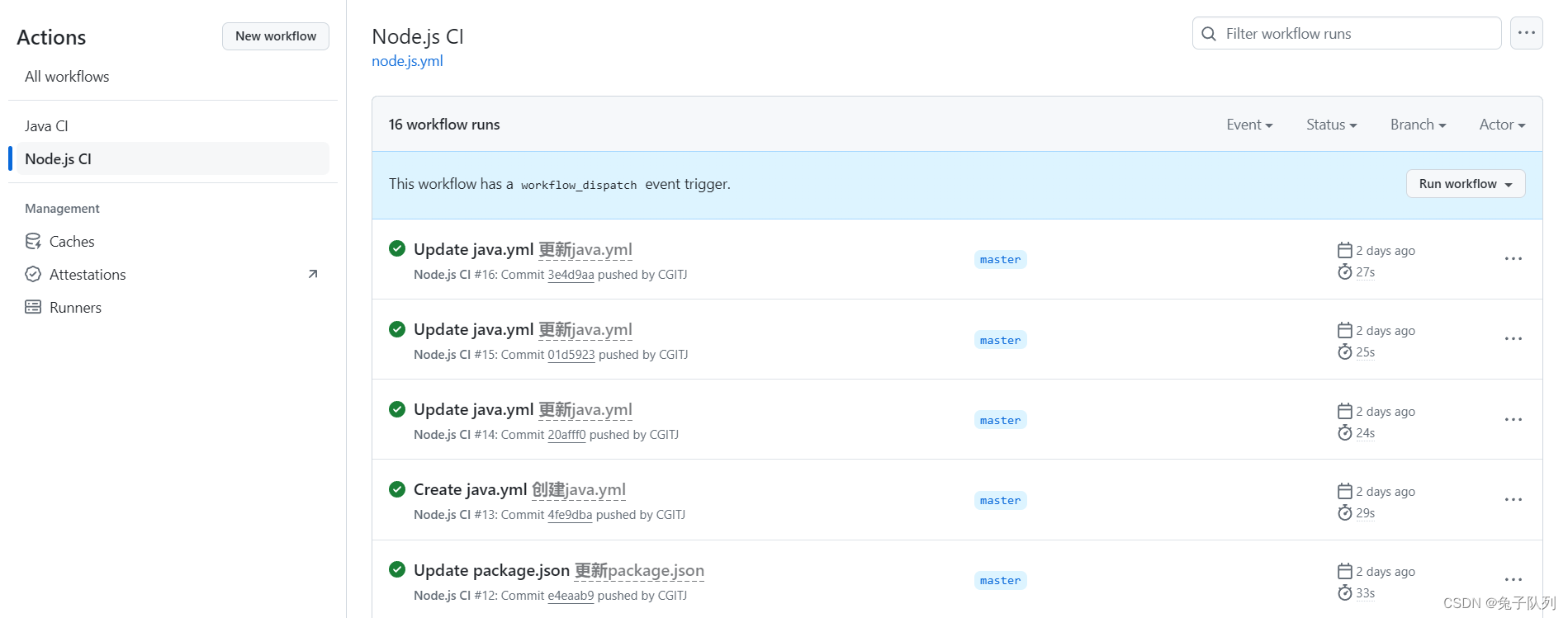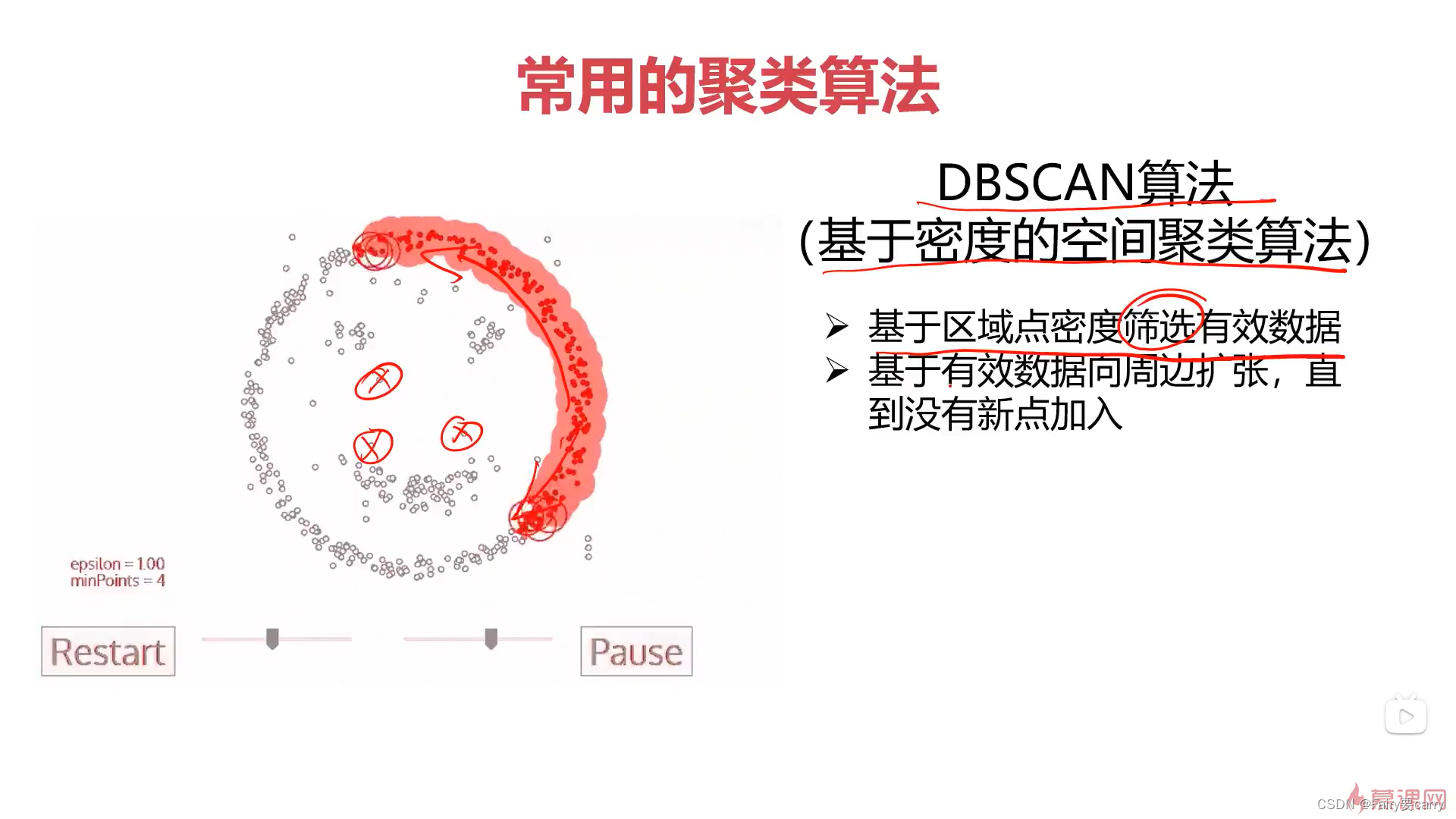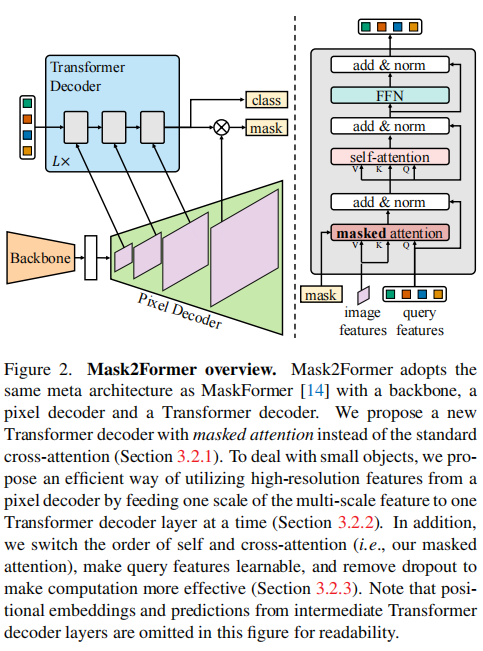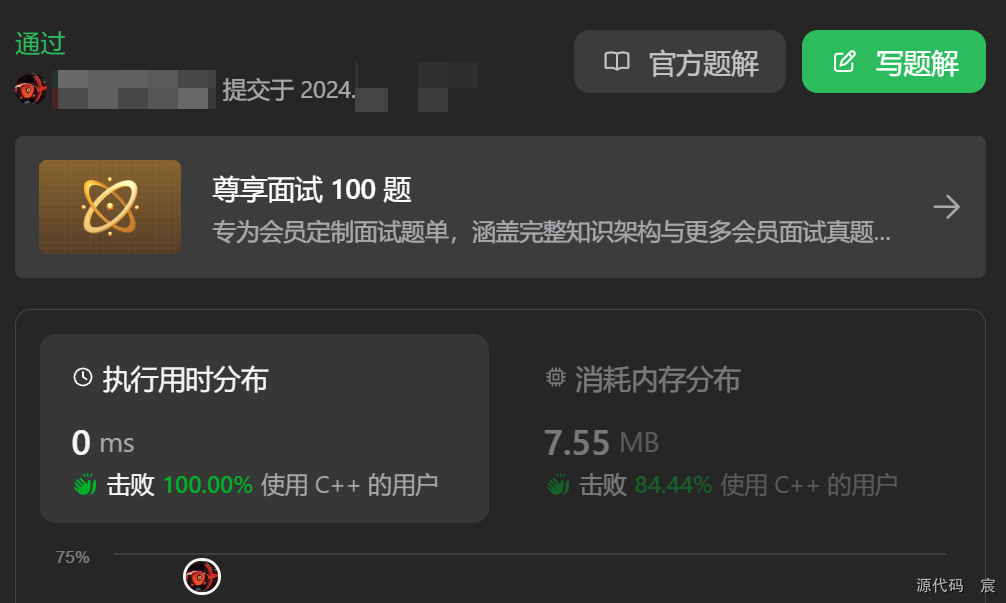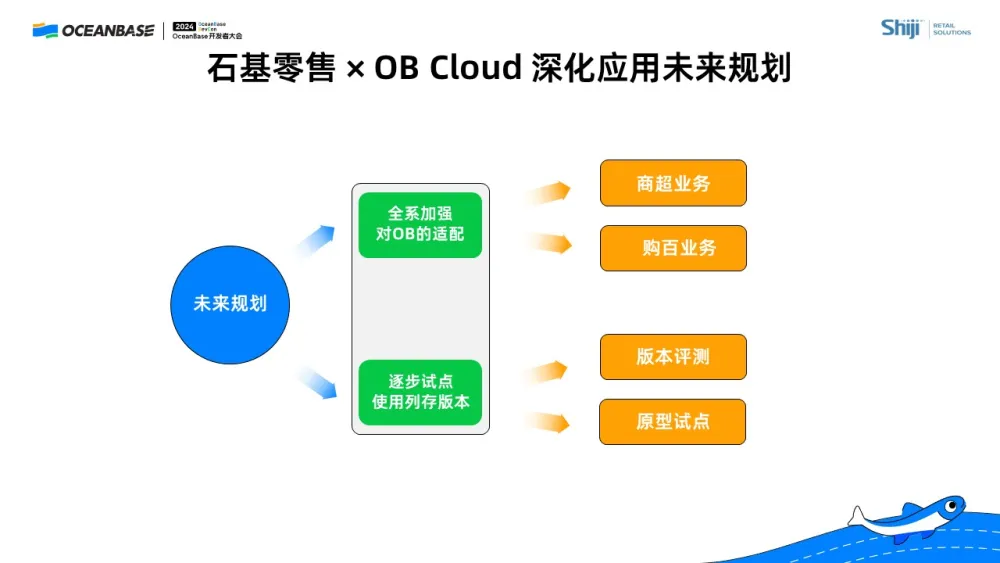学习记录
- 1 模板文件
- 1.1 articlesStoreHandler() 使用模板文件
- 1.2 统一模板
1 模板文件
重构 articlesCreateHandler() 和 articlesStoreHandler() 函数,将 HTML 抽离并放置于独立的模板文件中。
1.1 articlesStoreHandler() 使用模板文件
.
.
.
func articlesStoreHandler(w http.ResponseWriter, r *http.Request) {
.
.
.
// 检查是否有错误
if len(errors) == 0 {
.
.
.
} else {
storeURL, _ := router.Get("articles.store").URL()
data := ArticlesFormData{
Title: title,
Body: body,
URL: storeURL,
Errors: errors,
}
tmpl, err := template.ParseFiles("resources/views/articles/create.gohtml")
if err != nil {
panic(err)
}
err = tmpl.Execute(w, data)
if err != nil {
panic(err)
}
}
}
.
.
.
以上的修改:1. 删了 html 变量, 2. 使用以下这段代码加载模板文件,其他代码保持不变:
tmpl, err := template.ParseFiles("resources/views/articles/create.gohtml")
关于模板后缀名 .gohtml ,可以使用任意后缀名,这不会影响代码的运行。常见的 Go 模板后缀名有 .tmpl、.tpl、 .gohtml 等。
接下来创建模板文件:
resources/views/articles/create.gohtml //直接创建文件,对应的目录也会生成
<!DOCTYPE html>
<html lang="en">
<head>
<title>创建文章 —— 我的技术博客</title>
<style type="text/css">.error {color: red;}</style>
</head>
<body>
<form action="{{ .URL }}" method="post">
<p><input type="text" name="title" value="{{ .Title }}"></p>
{{ with .Errors.title }}
<p class="error">{{ . }}</p>
{{ end }}
<p><textarea name="body" cols="30" rows="10">{{ .Body }}</textarea></p>
{{ with .Errors.body }}
<p class="error">{{ . }}</p>
{{ end }}
<p><button type="submit">提交</button></p>
</form>
</body>
</html>
浏览器访问 localhost:3000/articles/create
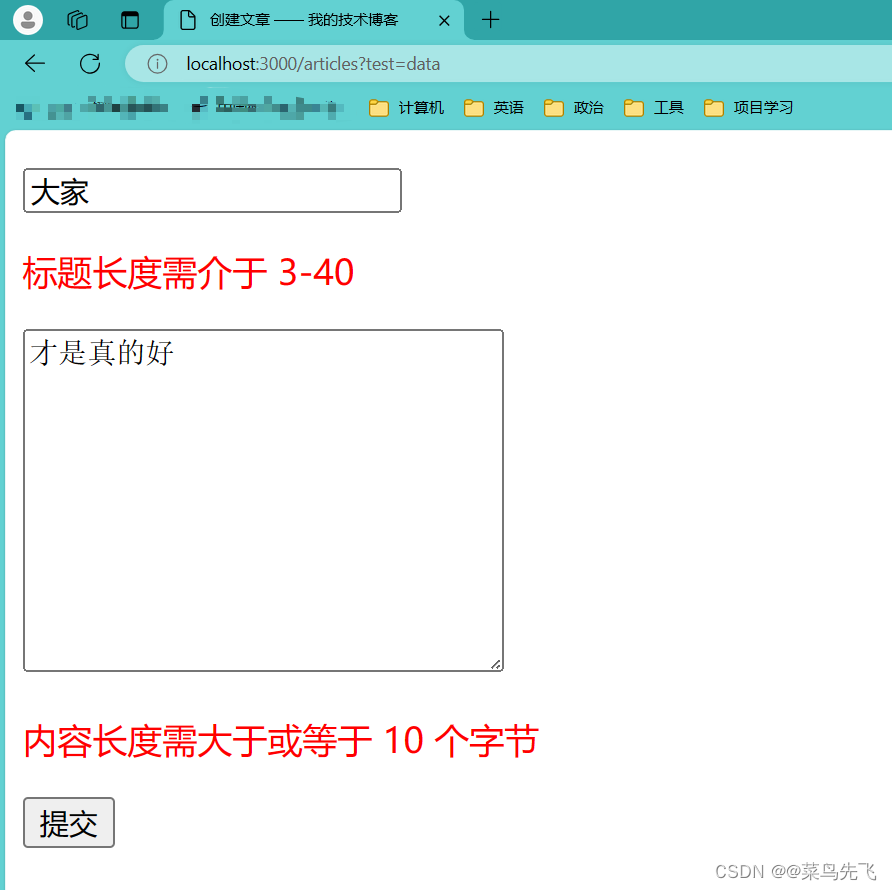
1.2 统一模板
修改 articlesCreateHandler的代码来加载同一个模板:
func articlesCreateHandler(w http.ResponseWriter, r *http.Request) {
storeURL, _ := router.Get("articles.store").URL()
data := ArticlesFormData{
Title: "",
Body: "",
URL: storeURL,
Errors: nil,
}
tmpl, err := template.ParseFiles("resources/views/articles/create.gohtml")
if err != nil {
panic(err)
}
err = tmpl.Execute(w, data)
if err != nil {
panic(err)
}
}
访问 localhost:3000/articles/create :
